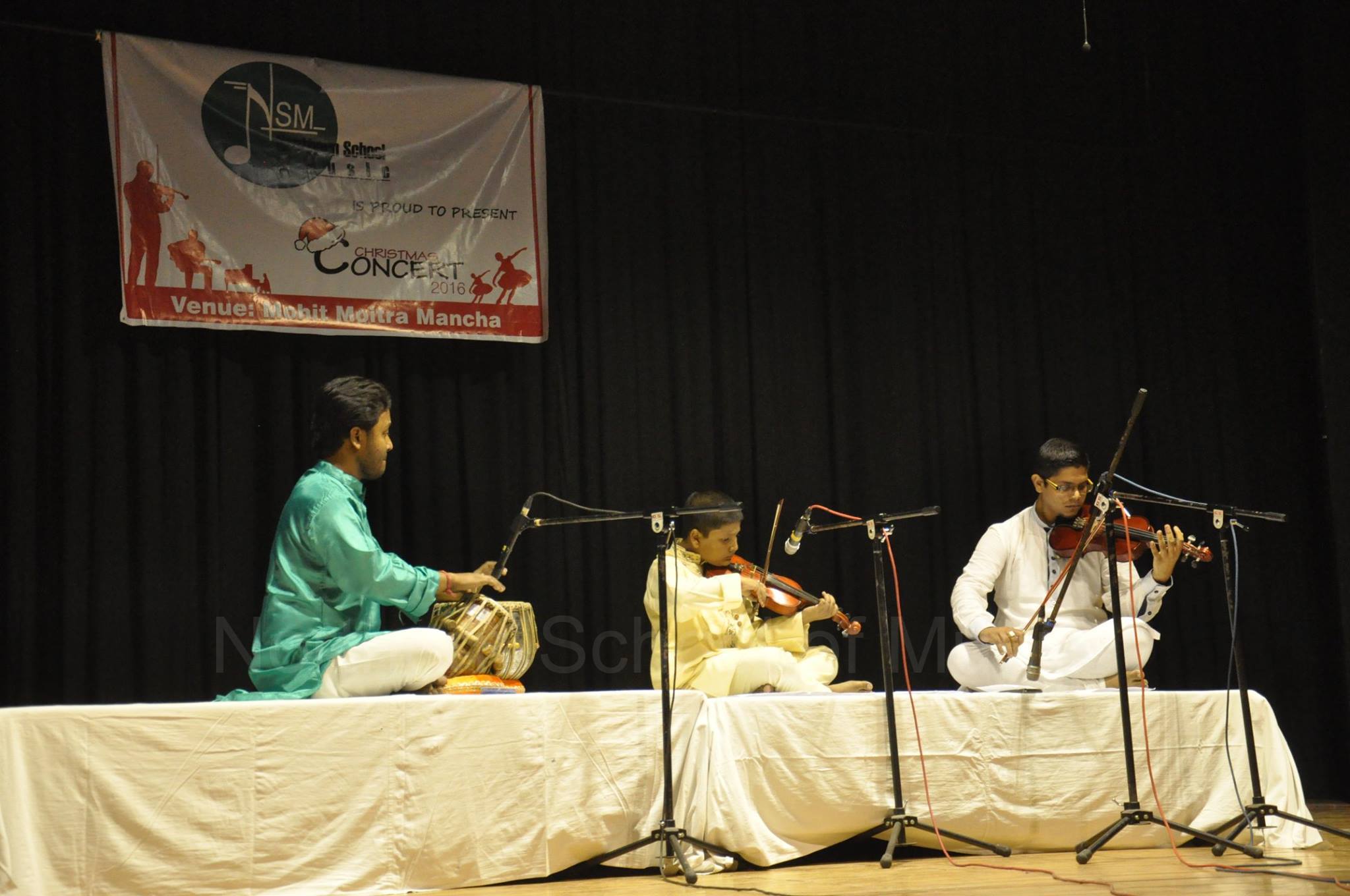Northern School of Music

Admin–September 22, 2023
Hindustani and Classical music are two notable genres that stand out in the broad world of music due to their distinct flavours and deep intricacies. These genres, which are rooted in rich cultural traditions, capture the essence of India's musical legacy. In this post, we'll look at the fascinating contrasts between Hindustani and Classical music, as well as the beauty they offer to the world of melodies. If you want, you can also take up online Hindustani vocal music classes.
Classical music has strong roots in India's southern regions. It has a centuries-long history, having origins in ancient texts. Intricate compositions, established ragas (melodic scales), and talas (rhythmic cycles) distinguish Classical music.
Hindustani music, on the other hand, originates in North India. It arose as a consequence of the medieval merger of Persian and Indian musical traditions. Improvisation is emphasised in Hindustani music, allowing artists to explore and experiment within the framework of ragas and talas.
Classical Music - Ragas are methodically constructed in Classical music, with emphasis on their distinct melodic structures and ornamentations. Each raga has distinct ascending and descending rhythms that must be followed precisely in compositions and improvisations.
Hindustani Music - Ragas are used in a more flexible manner in Hindustani music. Musicians are free to explore the emotional nuances and embellishments of the ragas, allowing for improvisation and artistic interpretation.
Classical music features complicated rhythmic patterns guided by talas. Compositions have a strong focus on rhythm, with extensive mathematical computations underlying the rhythmic framework.
Hindustani music accepts talas as well, but with a more flexible approach. While rhythmic accuracy is essential, the emphasis is typically on the interaction between rhythm and melody, allowing artists to construct complicated rhythmic variations.
Classical music places a high value on vocal interpretations. Vocalists are essential, and instruments like the veena, violin, and mridangam (percussion) support vocal performances.
Both vocal and instrumental performances are celebrated in Hindustani music. The sitar, tabla, sarod, and flute are iconic instruments in Hindustani music, contributing to its rich and diverse sound palette.
Classical music has a planned path, beginning with slower works and progressively progressing to quicker, more complicated pieces. Varnams, kritis, and complicated improvisations are frequently included in the concert format.
Hindustani music follows a similar pattern, beginning with slower alaaps (improvised phrases) and gradually progressing towards the rhythmic section of the performance. The show provides adequate opportunity to delve into the essence of the ragas and the artists' creative abilities.
Hindustani and Classical music are two sides of the same musical coin, each with its own distinct beauty and aesthetic philosophy. Classical music follows precise melodic and rhythmic frameworks, but Hindustani music encourages improvisation and creative expression. Both genres exemplify India's rich cultural past, enthralling spectators with its emotional depth and subtle nuances. Whether you like the structured melodies of Classical music or the free-flowing improvisations of Hindustani music, both offer a profound musical experience that speaks to your soul.

CLASSES
EXAMINATION
QUICK LINKS